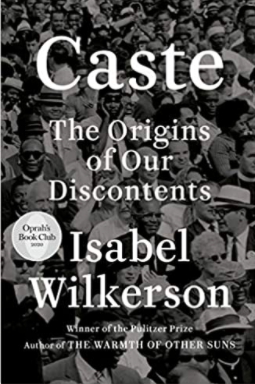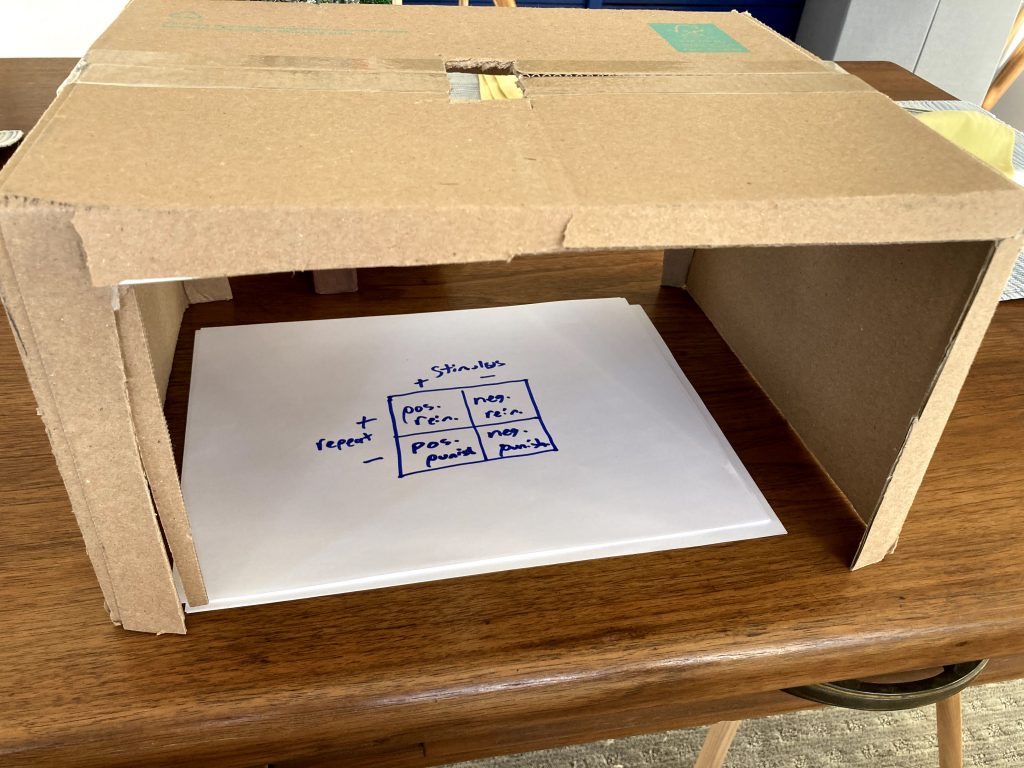Many (all?) AP Psychology teachers are dealing with near constant pandemic related interruptions this year, so there is a high level of concern about getting students ready for the AP Psychology test. Here’s what we know about from College Board what the test will look like (I think this is the most recent information, but I could be wrong):
From the College Board AP Psychology Discussion Board
“2021 AP Exams will cover the full scope of course content and skills.:”
“An updated testing schedule with two contingency testing dates for each subject—one in the second half of May and one in the first half of June—will support schools that want more instructional time before testing. Exams on the contingency dates will also be full length, covering the full scope of course content.
- Full-length digital contingency exams can be taken at home, if authorized by the AP coordinator, in the event that a school is closed or coronavirus-related risks prevent a student from testing at a school.”
“More Information in February – The exam schedule and information about the contingency testing options will be posted to AP Central® in early February, and announced via email to AP teachers, AP coordinators, and administrators.”
Now that we know that all the units in the AP Psychology CED will be assessed on the AP Psych test, this puts Psychology teachers in a bit of a pickle. How can teachers “cover” all the units this year with very limited instructional time? Given the interruptions so many AP Psych teachers are experiencing, it might be useful to figure out a way students can “cover” a chapter or unit on their own. This “self-study” idea can help students prepare for the test AND it can free up some time in AP Psych teachers pacing/instructional calendars.
Full disclosure:
- This plan will work better for some students than others. Students who are already “self-regulated learners” (short summary on pg. 15 in this Andrade/Brookhart article ) will have an easier time following a plan like this one than other students. All students, especially students whose self-regulation skills aren’t strong yet, would learn better from you in your classroom (and it would be a heck of a lot more fun). But that’s not the situation you and your students are stuck with this year: students need to get ready for a full AP exam that covers all the units, and you only have so much time you get to be with your students.
- I include recommendations for a couple non-free resources that I co-authored in this plan.
Here’s an plan about how to help students “cover” some content they will need for the AP Psych test on their own (without adding a bunch of work to your already too-long to do list!)
Short list of the steps in the self-study plan:
- Pick a chapter you think students might be able to learn on their own.
- Find an overview you think students can handle
- Have students test themselves using AP-style multiple choice questions BEFORE they study the chapter in depth
- Students study a more detailed source with information about relevant concepts
- Have students test themselves again using AP-style multiple choice questions AFTER their in-depth studying
- Finish their self-study by creating a list of the most important terms from the chapter and create their own examples for each term
More detail about each of these steps:
- Pick a chapter. Look at your plans for the rest of the year and pick a chapter from one of the units that you think your students might be able to “cover” on their own. My suggestions: states of consciousness, motivation/emotion, the thinking/language part of the cognition chapter, personality, or intelligence. These are important chapters (and there will be some items on the AP exam devoted to content from these chapters), but they are somewhat “discrete.” Understanding content from these chapters doesn’t depend on understanding concepts from other chapters, and they are concise enough that students might be able to tackle them on their own
- Choose a good “introduction” for students. It will help students to get an overview of content about the chapter without you having to make a video, write an overview, etc. A pre-made video might work well as an overview. The Crash Course psychology series is high quality, and these videos move fast. If there is a video on AP Classroom already made and released for the chapter you chose, that might work well too. Students should watch the video to a “big picture” overview of what this chapter is all about. Some AP Psych teachers already made some EdPuzzle and other resources for some of these videos that might be useful for students to complete after watching the video (go to EdPuzzle and search for Crash Course Psychology).
- Test yourself, version 1: Students should try to answer the multiple choice questions at the end of the chapter in the test prep book and the textbook they are using for your class. Yes, they should try to answer these questions BEFORE they do in-depth studying of the content. Trying to answer these questions will help set them up for success when they try to learn the material (see relevant research in Make it Stick) Let them know that it doesn’t matter if they get the questions right or wrong at this point – what matters is that they try to answer the questions, check their answer, and THINK THROUGH why the right answers are right and the wrong answers are wrong. They want to get a sense of what multiple choice items are like from this chapter.
- Dive in: read and take notes. Reading and taking notes from the textbook students are using for you class might work, but sometimes this amount of reading and information is overwhelming for some students. It might be a good idea for students to start with the shorter summary of the chapter they can find in an AP test-prep book. There are several good test-prep books. Allyson Weseley and I tried to summarize the relevant concepts from each AP Psych chapter in our book Barron’s AP Psychology. These chapters are about 15-20 pages long, and students should be able to work their way through these summaries and take notes on the concepts listed in that chapter. Instruct students to write EXAMPLES of each concept – examples will help them more than definitions. (The AMSCO/Perfection Learning book by Chuck Schallhorn might work well for this step too).
- Test yourself, version 2: Now it’s time for students to really do some retrieval practice. They should to figure out what concepts they’ve encoded into their long term memories and what they still need to think about in more detail. I think the best set of items for them to use is from the book Kristin Whitlock and I wrote: Barron’s AP Psychology Q&A. This book has 600 brand-new AP Psychology items written in the AP Psychology exam item format. Each chapter has about 50 items, and students can use this set of items to test themselves to see what concepts they “get” and which concepts they need to go back and read about more. The questions are purposely written in different categories (research methods, scenarios, perspectives, etc.) and students will get a wide range of practice answering them.
- Final step, write out your own examples: At this point in their process, students should be able to make a list of the important concepts from the chapter (the “key terms” list from the textbook they use for your class or the terms listed in the test-prep book will work). By each of those terms, students should be able to write out their own example of that term (and if they can figure out how to apply the term to their own lives, that’s even better! Self reference effect!) If students can do this, they are probably ready to go!
Again, this process will probably work best for students who are already motivated (self-regulated learners), but any student who gets through at least some of the steps will benefit, and getting students to do a self-study plan like this one may help relieve some of the pacing pressure facing AP Psychology teachers. Good luck out there! Hope this is useful!

